Market Intelligence Bulletin
Insights for Innovation in seed product design and seed systems development
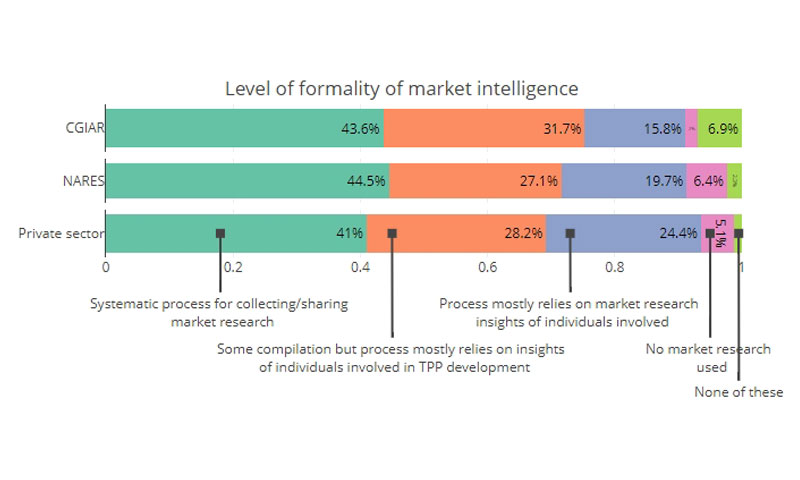
Bridging the gap: Overcoming barriers to market intelligence in plant breeding
The integration of market intelligence into plant breeding is essential for aligning genetic innovations with real-world demand. However, a new study highlights persistent barriers that hinder its effective use. Researchers surveyed more than 500 breeding professionals across CGIAR, national agricultural research and extension systems (NARES), and small private-sector breeding enterprises to assess the adoption of market intelligence and identify challenges limiting its impact.
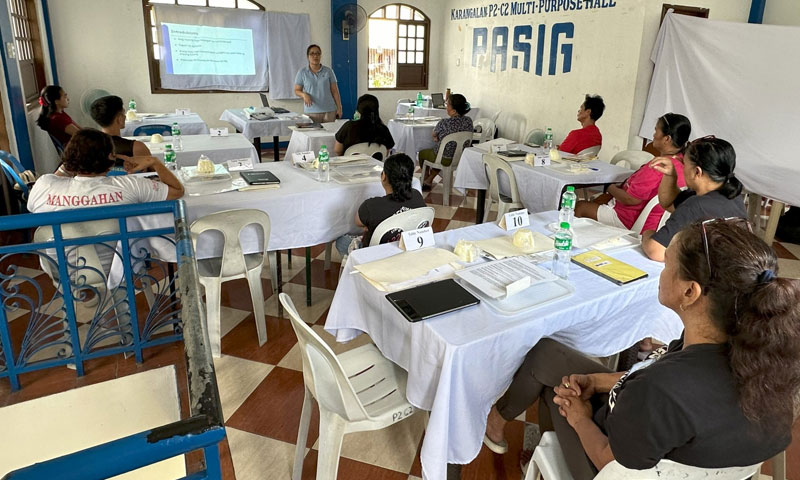
Exploring future market segment for low-glycemic-index rice through market experiments in the Philippines
The global shift in food consumption patterns has contributed to the rise of non-communicable diseases (NCDs), disproportionately affecting low- and middle-income countries, including those in Asia, where most of the population relies on white rice for its daily caloric needs. However, most white rice varieties have a high glycemic index (GI), which, when consumed in excess increases the risk of NCDs. While efforts are underway to develop rice varieties with low GI, the associated firmer texture may hinder consumer acceptance, particularly in South-eastern Asia, where soft texture is preferred.
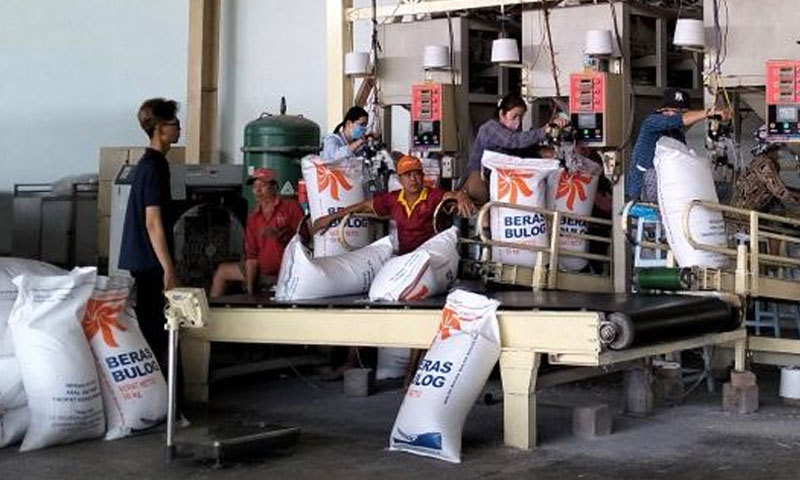
Decoding grain preferences across provinces in the Mekong Delta, Viet Nam
Viet Nam's rice industry plays a crucial role in its agricultural landscape, providing livelihoods for millions and significantly contributing to the economy as one of the world's leading rice exporters. At the heart of this industry's success is the rice milling sector, which serves as a vital link in the rice value chain, connecting farmers to consumers both locally and globally. Recent advancements in the rice sector have emphasized the importance of specific quality attributes, including grain size, shape, color, and moisture content.
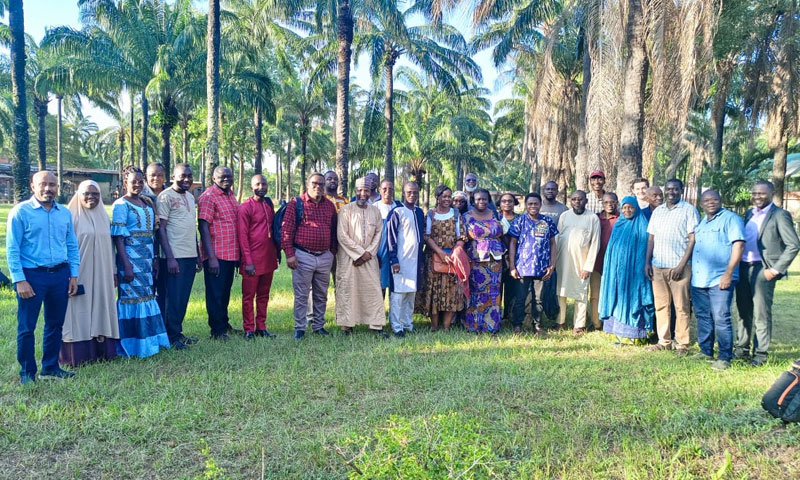
Participatory foresight analysis to identify near-market segments for cowpea in Western Africa
Investments in crop breeding are usually expensive and take 7 to 10 years to yield results. However, market preferences tend to change over time due to various drivers including income changes, urbanization, and climate change. Therefore, market segments identified that were based on historical data are likely to change after 7 to 10 years. The International Institute of Tropical Agriculture (IITA) organized a workshop to support product design teams (PDTs) for cowpea in Western Africa in identifying near-future market segments.

Market Intelligence Area of Work Expands Reach with 4 Communication Tools
Slow varietal turnover has been a challenge since breedng-investment decisions were largely informed by supply-side considerations rather than client needs. Hence, market intelligence is crucial for CGIAR breeding programs because it ensures that breeding efforts are demand-driven. CGIAR has demonstrated that investment in crop breeding can generate high returns. However, maximizing this potential requires a more market-driven approach.
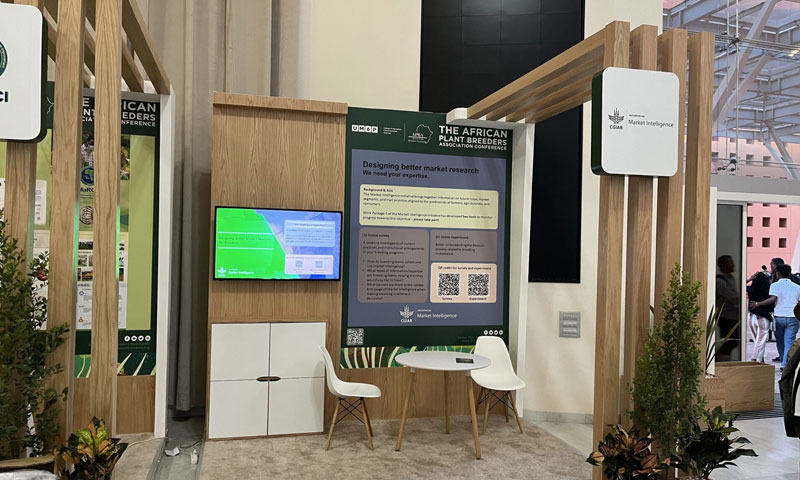
Reducing ambiguity in agricultural research and development: Insights from a global experiment with plant breeding professionals
Investment decisions in agricultural research and development (R&D), particularly in plant breeding, often face significant ambiguity. Without clear market intelligence, funds may be spread across many breeding pipelines rather than concentrated in those with the greatest potential impact. A new study from the International Food Policy Research Institute (IFPRI) explored how plant breeding professionals use market information to prioritize R&D investments and how the quality and source of information influence their decision-making.
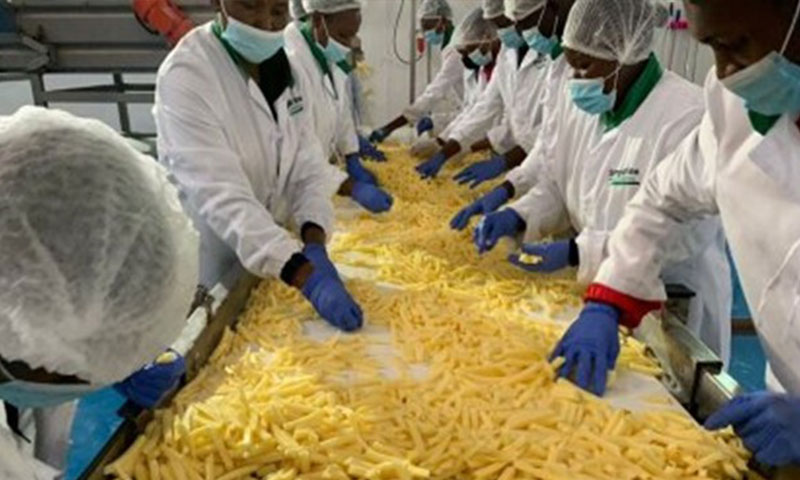
The Future of Potato Processing in Eastern Africa: Meeting the Needs of Farmers and Industry
Potato is a major staple crop in many Eastern African households, but its role is expanding beyond the dinner table. Across Kenya, Rwanda, and Uganda, the potato processing industry is experiencing rapid growth, particularly in the production of chips and crisps. However, this burgeoning sector faces a key challenge: responding to the needs of both farmers and processors. How can breeding help close this gap?
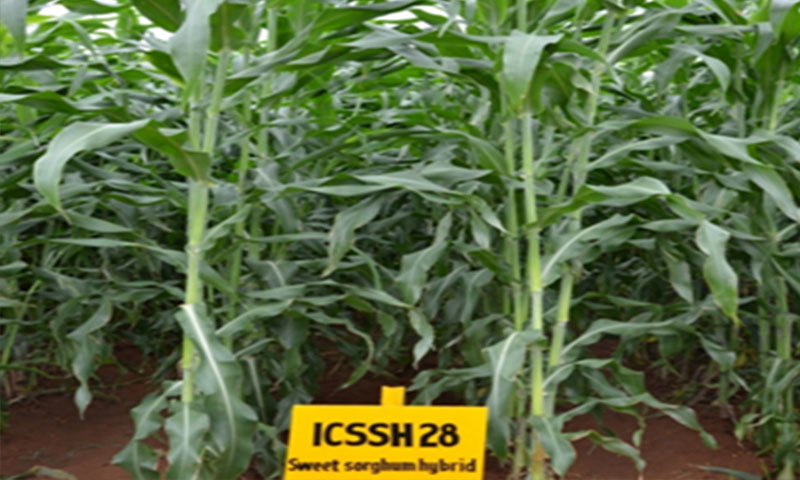
Future Market Segment: Can Sweet Sorghum Power the Next Generation of Clean Energy?
As fuel prices climb and climate goals intensify, the world needs fresh solutions. The latest contender is sweet sorghum, a resilient, high-sugar-content crop poised to power up the biofuel industry without draining food supplies. With its unique ability to grow on degraded soils, withstand drought conditions, and produce both bioethanol from stalk and grain and electricity from the crashed bagasse, sweet sorghum is capturing global attention as a cleaner, greener energy source.
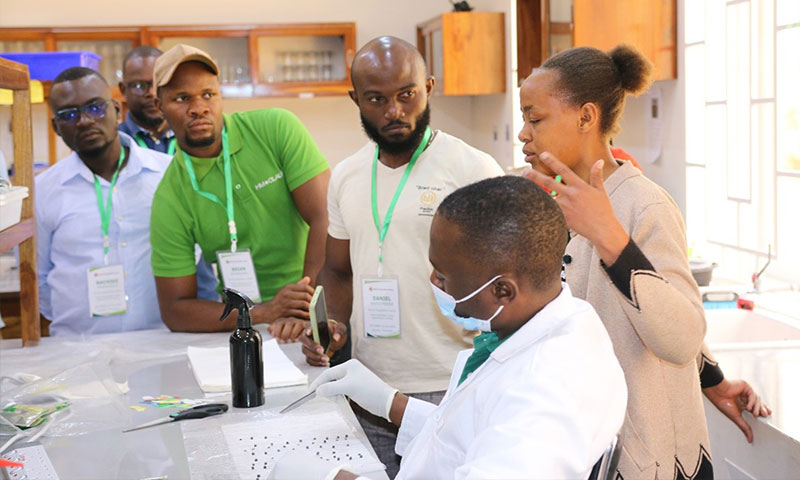
Tomato and Peppers Market Segmentation Workshop for Central and Southern Africa
The World Vegetable Center (WorldVeg), in collaboration with the CGIAR Initiative on Market Intelligence, hosted a pivotal workshop on tomato and pepper market segmentation for Central and Southern Africa on 23–24 October in Arusha, Tanzania. The event attracted representatives from universities, including from national agricultural research and extension systems (NARES).
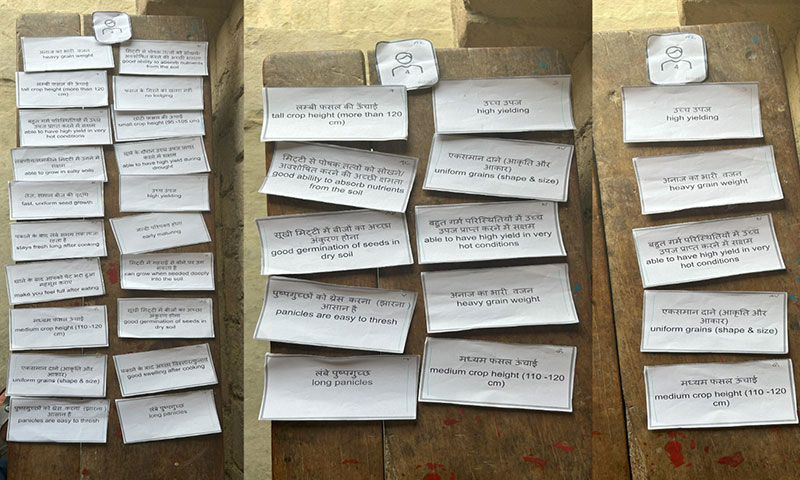
Gendered Trait Preferences for Direct Seeded Rice in Bihar, India
Direct-seeded rice (DSR) is gaining popularity in India, particularly in the Eastern Gangetic Plain, to enhance resource use efficiency, especially water use efficiency, while reducing greenhouse gas emissions. Unlike traditional methods, DSR eliminates the need for transplanting rice seedlings, thus lowering water consumption and reducing labor costs.
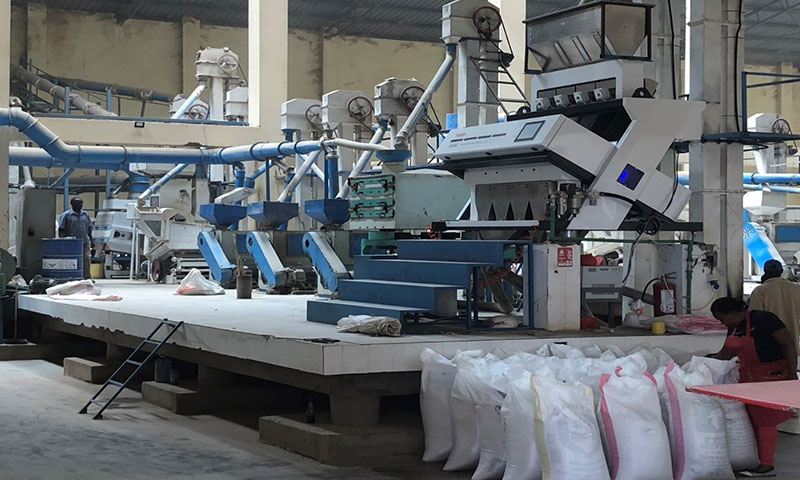
Exploring Rice Millers’ Preferences in Kenya
The rice milling industry in Kenya has seen significant advancements, playing a crucial role in the country's rice value chain and bridging the gap between rice farmers and consumers. Recent advancements in this sector highlight the importance of quality traits in rice, such as grain size, shape, color, and other factors like moisture content, which significantly affect the product's price, marketability, and consumer appeal.
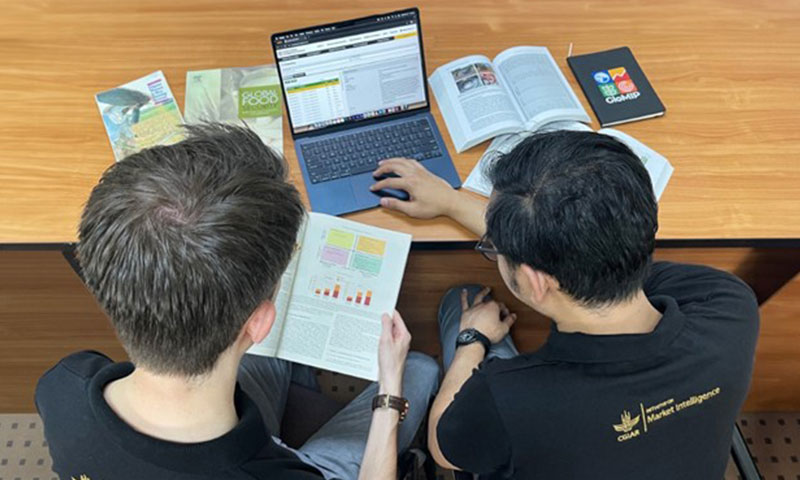
Unlocking Agricultural Insights: Introducing GloMIP Impact Portal for Crop Improvement Research
Crop scientists and social scientists at CGIAR are working together to create advanced studies that aim to reduce poverty, improve food and nutrition security, and safeguard natural resources. To help with this, the Global Market Intelligence Platform (GloMIP) is planning to launch a new Impact Portal. This portal will serve as a dynamic hub that showcases both past and recent CGIAR research on crop improvement.
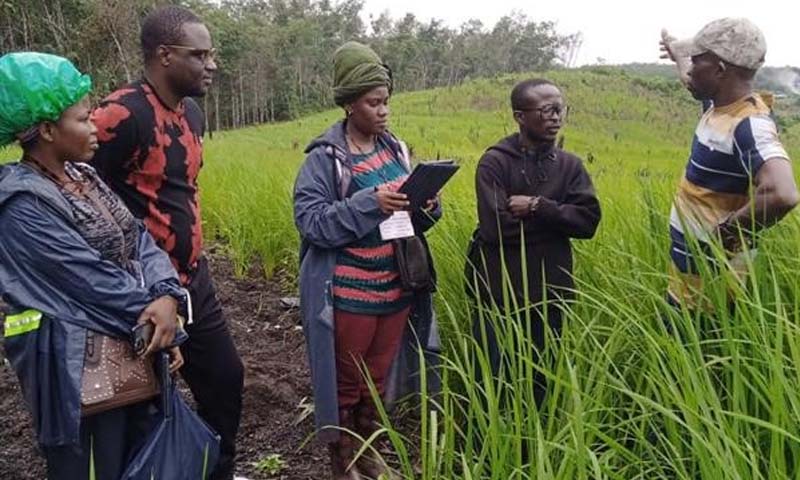
Africa Rice Kicks Off Rice Market Intelligence Surveys in Liberia
To ensure the production of rice seed that meets farmers’ and consumers’ needs and preferences, Africa Rice, in collaboration with the Central Agricultural Research Institute, is undertaking farmer and consumer surveys to determine the varieties of rice that should be introduced and promoted in the country.
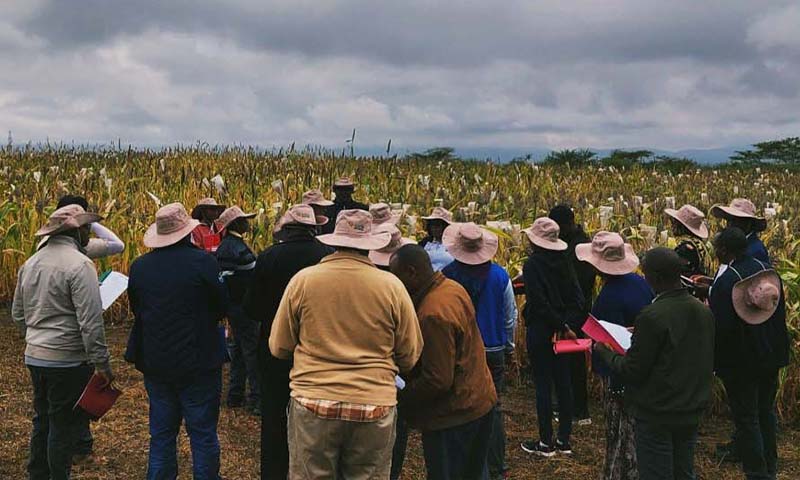
Drylands crops elevating product design team’s role toward impactful product selection
The involvement of the Product Design Team (PDT) early in the breeding process has several benefits. Different end-user stakeholders in both grain and seed value chains are directly involved in the breeding program and can guide breeding teams on the diverse requirements they need from sorghum and pearl millet.
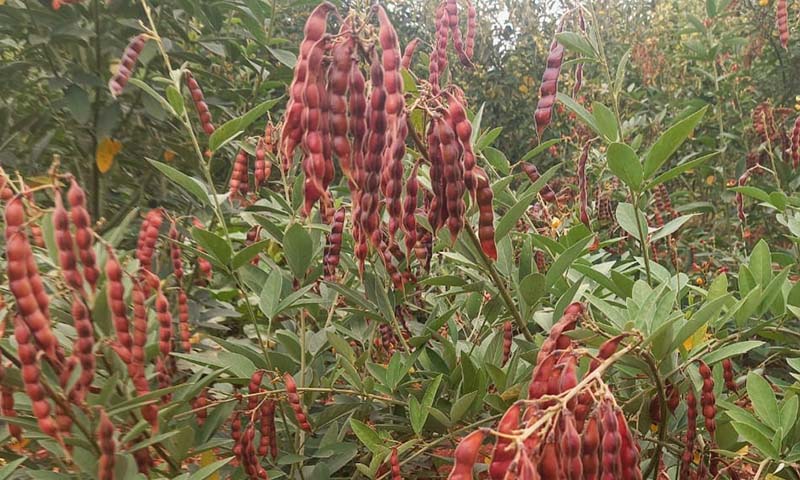
Kenya’s pigeon pea market
Pigeon pea is one of Kenya’s key grain legume crops for food security, particularly in arid and semi-arid areas due to its drought tolerance. Kenya currently produces about 107,117 t of pigeon pea, based on the mean of the past three years (FAOSTAT 2024), against a much higher demand. It is both a vegetable green pea as well as a dry grain.

Supporting data-driven proposal development through GloMIP
By leveraging powerful data tools such as GloMIP, researchers and scientists can enhance the quality and competitiveness of their funding proposals, making them more compelling to donors and investors.
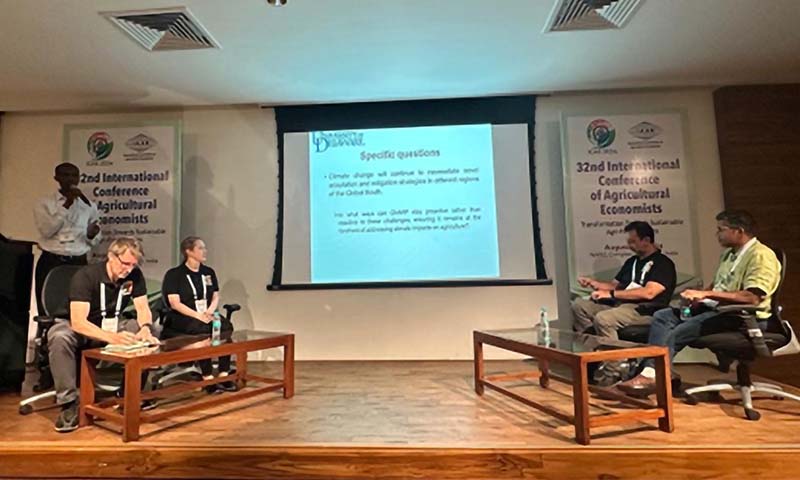
Market Intelligence Initiative Joins Top Agricultural Economics Experts at ICAE
Bringing together more than 1,000 delegates from 75 countries, the highly anticipated event featured sessions on topics critical in shaping agri-solutions around the globe.
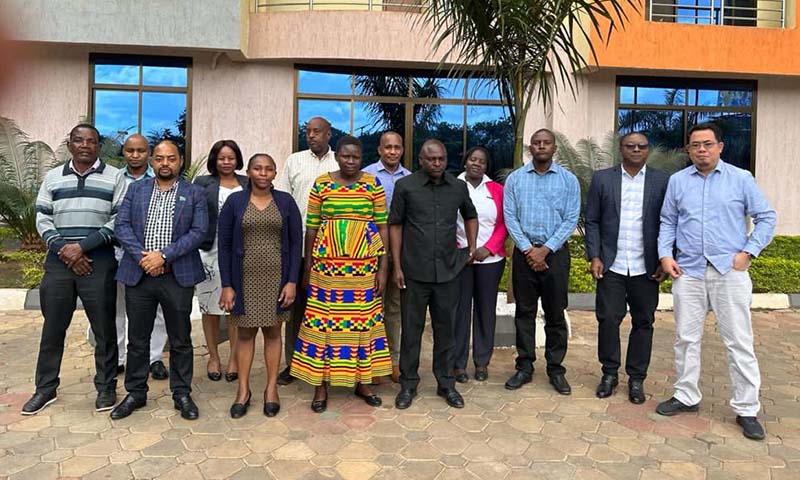
Sorghum Market Segments: What are Farmers’ Needs for Seed Products in Tanzania?
Seed product market segments (SPMSs) represent groups of farmers who share common seed product requirements. Currently, there are more than 600 SPMSs for all crops served by CGIAR breeding programs in the SPMS Database. Identifying a proposed market segment provides the basis for discussions between market intelligence researchers and crop breeding teams in CGIAR and national agricultural research and extension systems (NARES) on the seed product required.
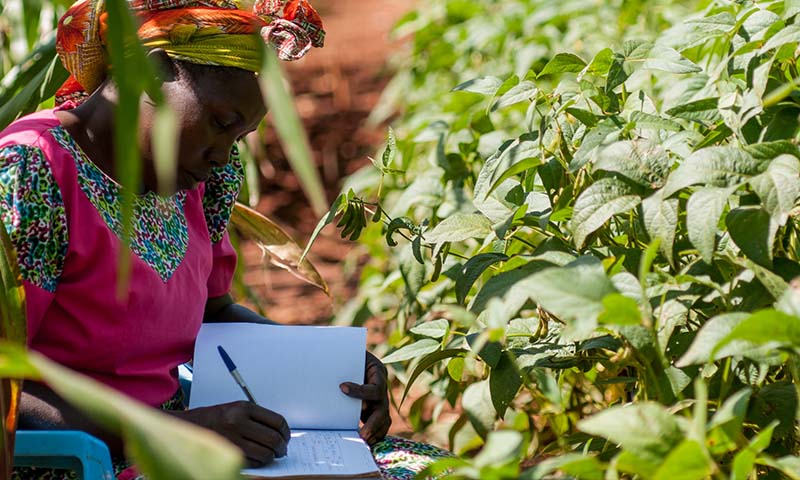
Target product profile development based on market segment status
Seed product market segments (SPMSs) represent groups of farmers who share common seed product requirements. Currently, there are more than 600 SPMSs for all crops served by CGIAR breeding programs in the SPMS Database. Identifying a proposed market segment provides the basis for discussions between market intelligence researchers and crop breeding teams in CGIAR and national agricultural research and extension systems (NARES) on the seed product required.

Tomato Market Segments in Western and Eastern Africa
Tomatoes are an important cash crop for thousands of farmers in Western and Eastern Africa. In April 2023, World Vegetable Center in collaboration with the Market Intelligence Initiative, started efforts to incorporate tomato into the Seed Product Market Segments (SPSM Database).
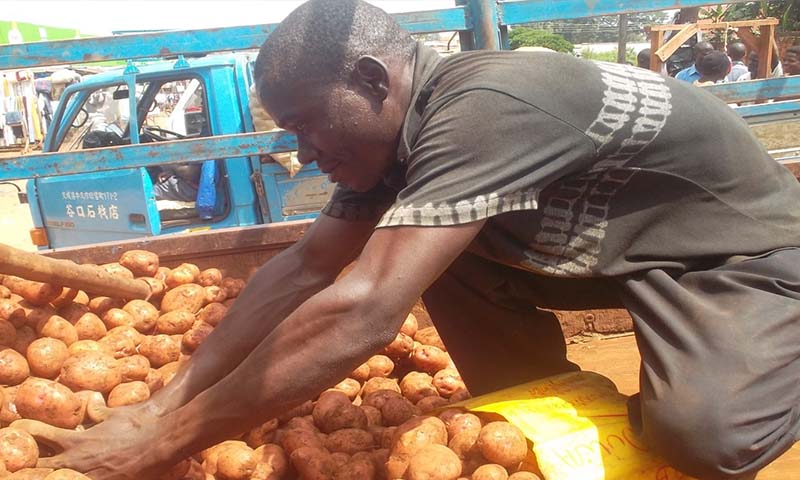
Refinements to potato market segmentation
Between January and November 2023, a multidisciplinary CIP team identified opportunities for refining the existing segmentation through enhanced application of the criteria for identifying seed product market segments (SPMSs), expanding the number of market segments for potato from 9 to 59.

GloMIP’s Impact Opportunities Portal Empowers Evidence-Based Decision-Making
The GloMIP Impact Opportunities Portal provides access to around 200 development and crop production indicators, measuring impact opportunities across five CGIAR Impact Areas, 45 crops (including 20 CGIAR crops) and 171 countries.
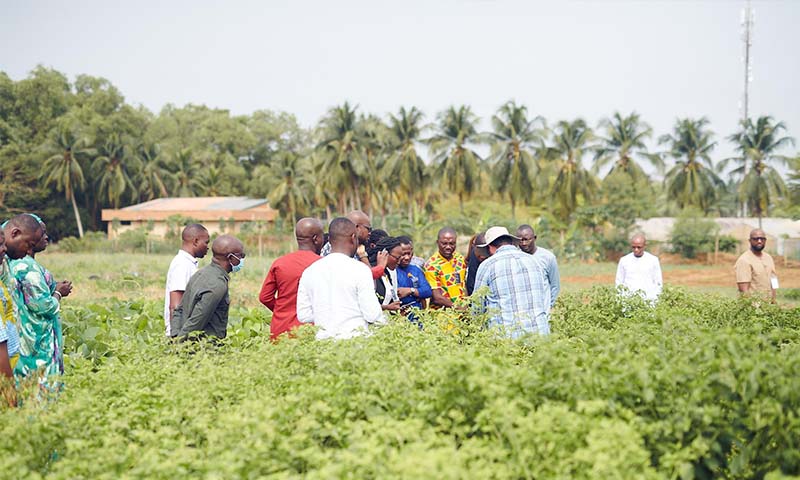
Pepper Market Segment Validation Workshops in Benin and Tanzania
During a workshop held in March 2024, it was reaffirmed that habaneros are the most important pepper crop in West Africa.
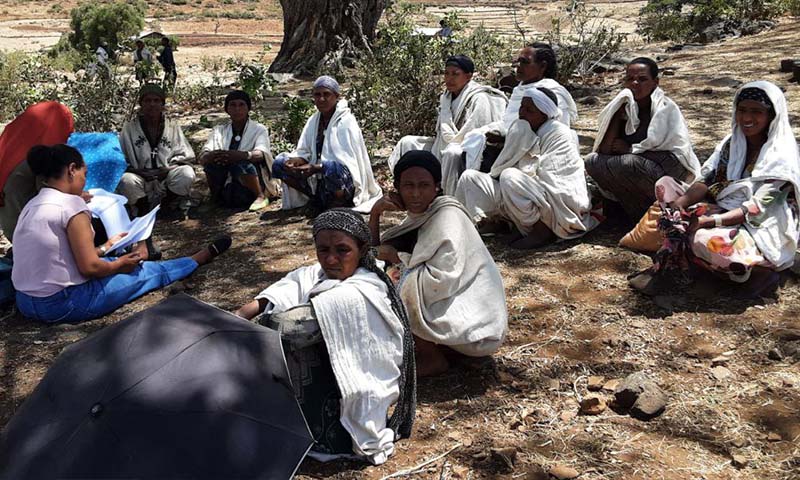
New Framework for Qualitative Behavioral Intelligence Research
The framework integrates farmers’ choices and behaviors alongside more contextual and technical aspects of seed uptake.
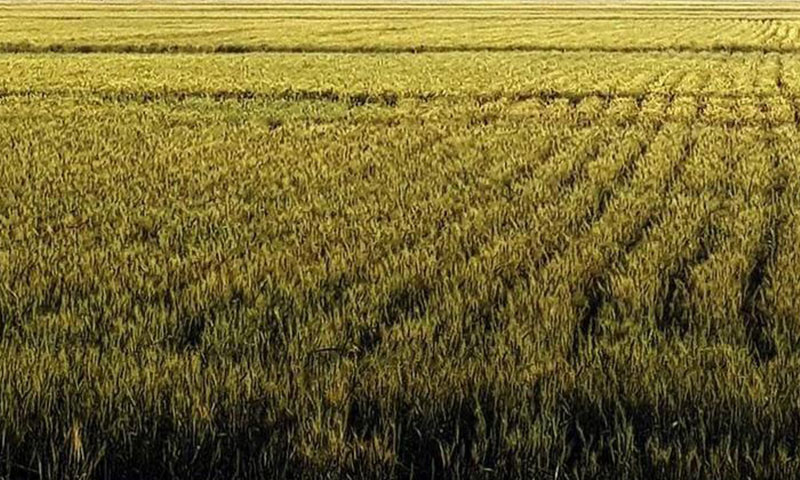
Spring Wheat Crop View, Market Segments Alignment
The Market Intelligence Initiative together with ICARDA and CIMMYT have reviewed and harmonized market segment description.
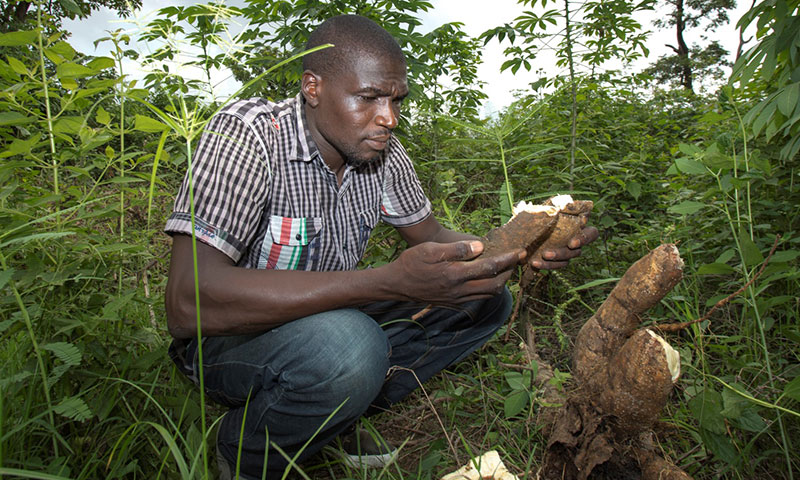
Are Dual-Purpose Crops a Breeding Priority?: The Case of Cassava
Cassava remains an important food security crop inIndonesia, the Philippines, and the Pacific. What does this duality mean in terms of designing theTPP for the unique industrial SPMS and the fresh SPMS
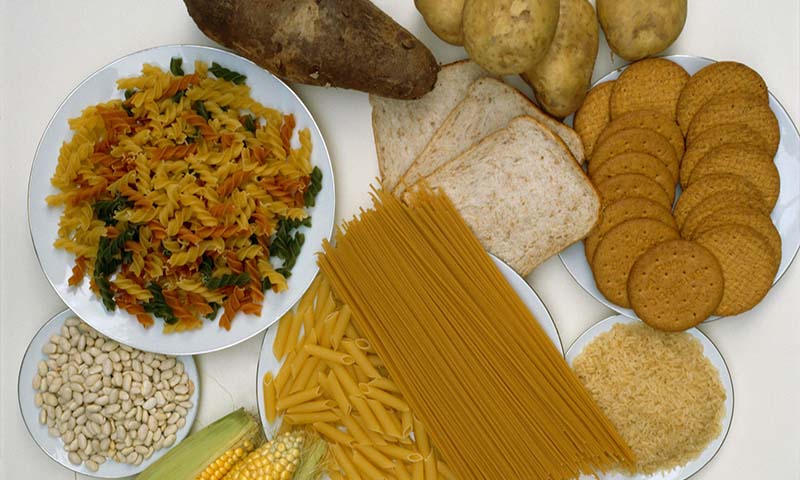
Opportunities for Market Intelligence to Inform Discussion on TPP Refinement
A scan across the current target product profiles (TPPs) reveals important opportunities for market intelligence to inform future TPP design. Market intelligence informs TPP design by providing insights and evidence on the requirements of farmers, processors, and consumers for seed products.
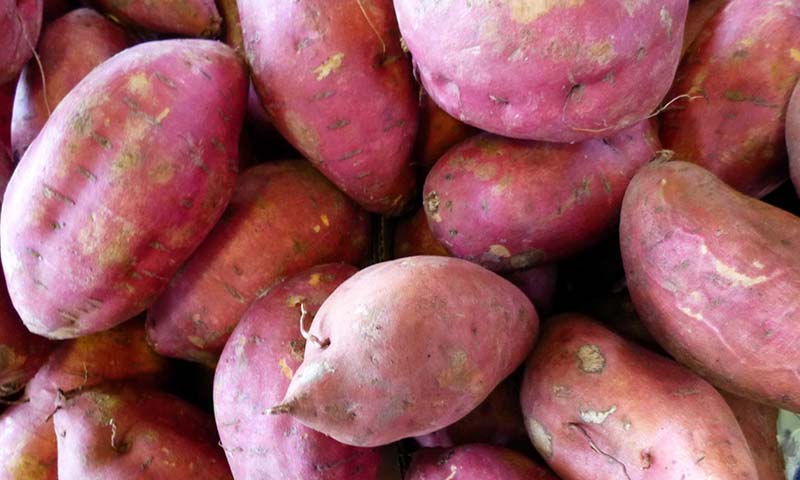
Refinements to Sweetpotato Market Segmentation
Market Intelligence looks to identify all seed product market segments for a given subregion—regardless of whether a segment is currently served by a breeding pipeline. A multidisciplinary CIP team identified several market segments for sweetpotatoes breeding pipelines.

GloMIP and the Breeding Portal: How do they Interact?
Two online platforms, the Global Market Intelligence Platform (GloMIP) and the Breeding Portal, have implemented a cohesive data management approach.
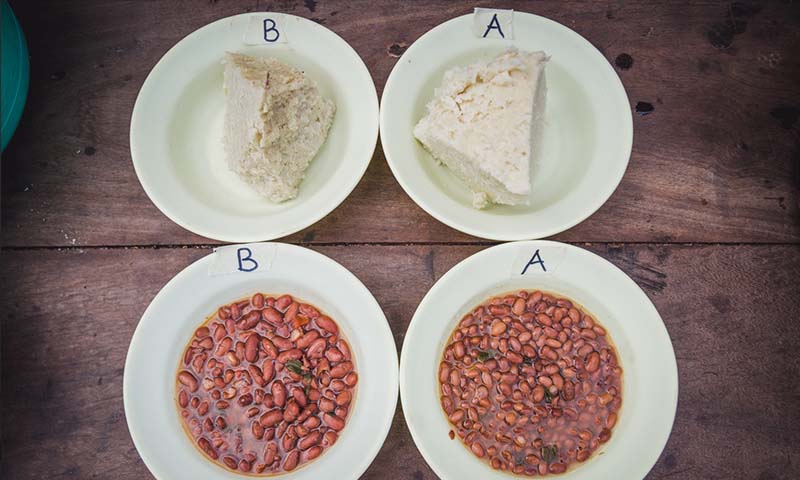
Let’s Cook!
Can varietal turnover be accelerated by increasing farmers’ interest in eating crops grown with new varieties?
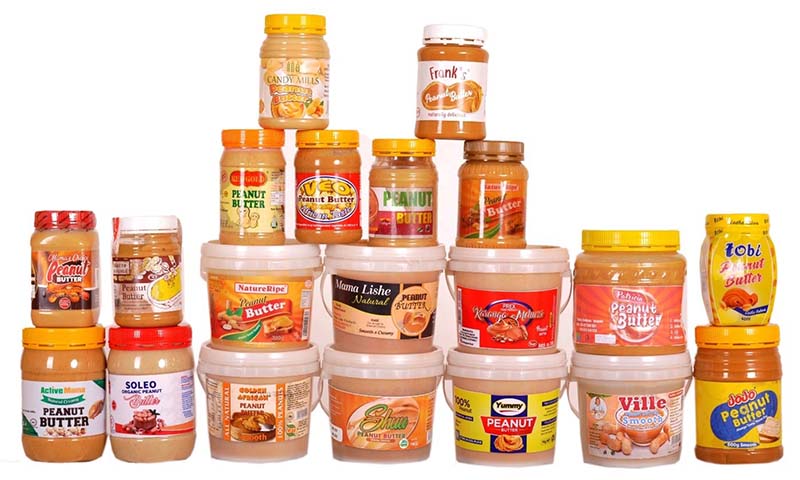
Coordination Between Crop Breeding and Market Intelligence: Groundnut in Tanzania
The groundnut product design team (PDT) provides an example of how social and biological scientists can engage, productively guided by the shared understanding of seed product markets segmentation.
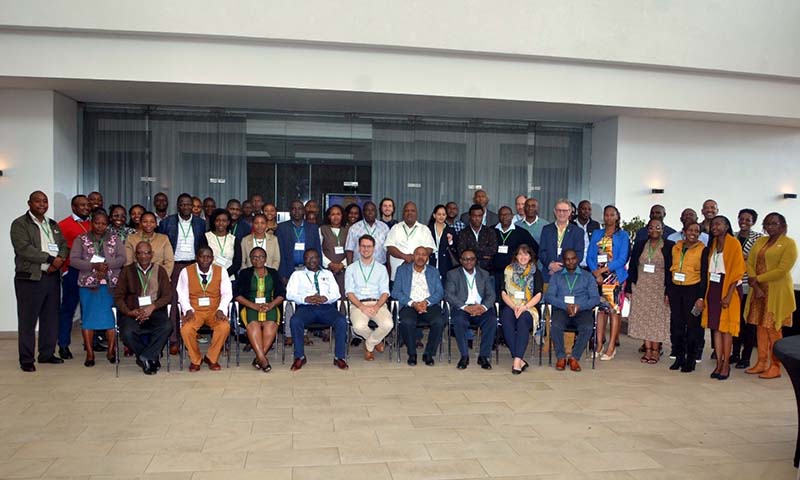
How Maize Seed Companies Use Market Intelligence
How is market intelligence employed by local and privately owned seed companies in Kenya to design marketing campaigns, lead on engagement strategy and review their product portfolios?
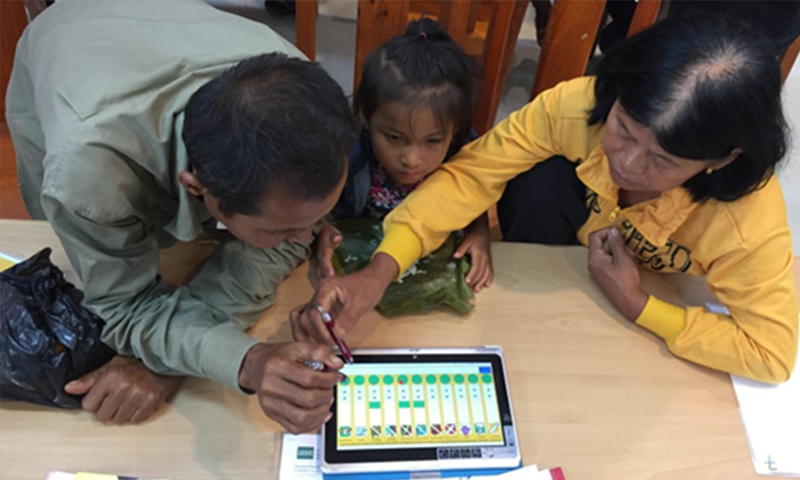
Trait Priorities for Irrigated Rice in Southern Asia and South-eastern Asia
Data from Investment Game Application (IGA) experiments and the Global Market Intelligence Platform (GloMIP) provide insights on farmers’ trait priorities that can help design target product profiles (TPPs).
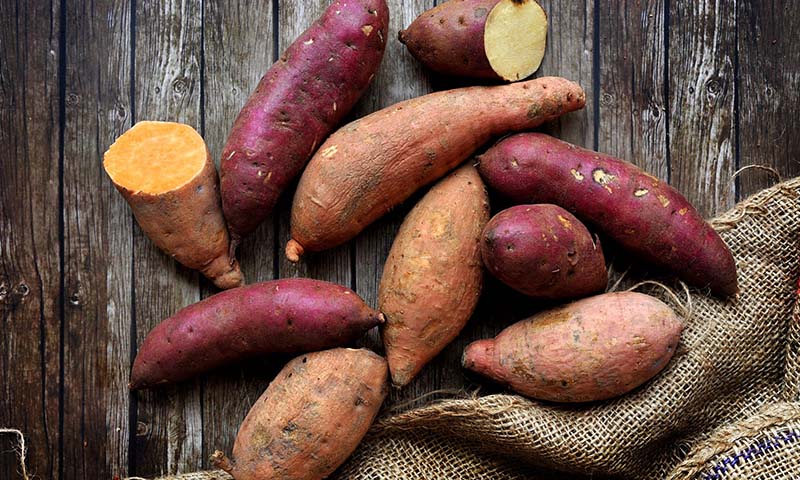
Refining Market Segmentation and Target Product Profiles for Sweetpotato in South-eastern Asia
The preferences of urban consumers for fresh and boiled sweetpotato in Vietnam have been documented to better reflect the dominant varieties in the market and inform the target product profile (TPP) for South-eastern Asia.
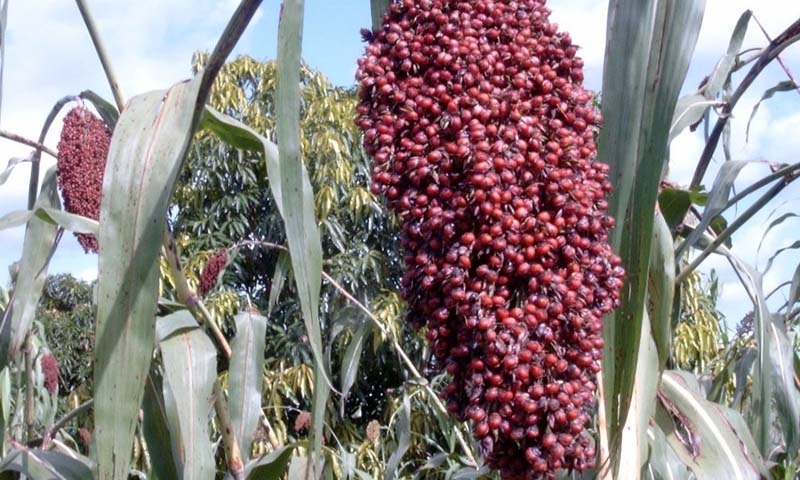
Expanding the business view of crop breeding
Governments and donors have challenged crop breeding programs led by CGIAR and national agricultural research and extension systems (NARES) to show the opportunity for impact from investments. Building evidence on the opportunity for impact requires data and insights on the two sides of crop breeding: the business viewand the biological view.
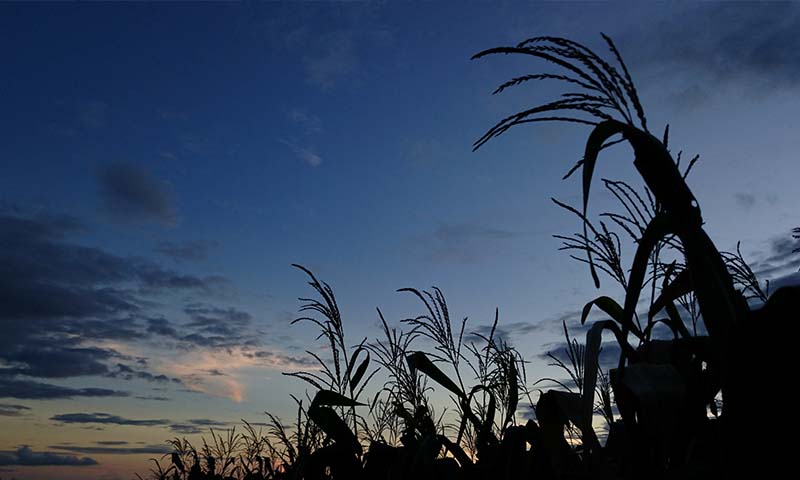
Strong Demand for Early Maturity Maize in Kenya
In Kenya, most farmers produce maize under rain-fed conditions and purchase hybrid maize seeds on an annual basis. Two factors are especially important in their decisions on which seed to acquire: where the production takes place (i.e., level of rainfall and altitude) and when it takes place (i.e., long- or short-rains season).
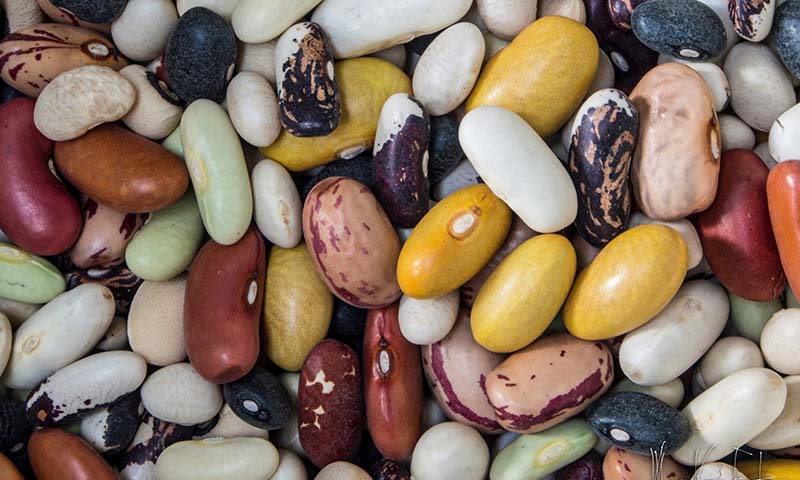
Adjustments to Bean Market Segments Based on Color and Size
A key factor that influences common-bean farmers’ decisions on which seeds to acquire and grow is consumer requirements for color and size. In the eight criteria used by Market Intelligence for seed product market segmentation, color is a criterion and size attributes are recognized in the consumer use criterion.
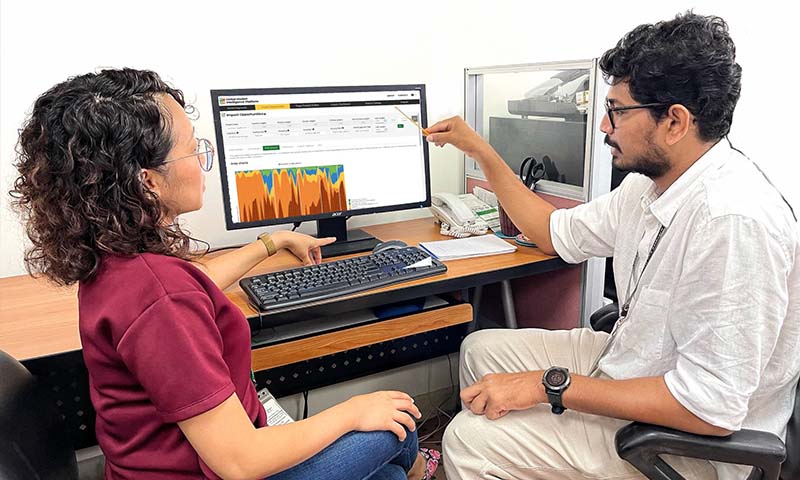
Presenting the Global Market Intelligence Platform (GloMIP)
Are you a breeder looking for market intelligence or an investor trying to allocate funding to crops and regions based on evidence? The Global Market Intelligence Platform (GloMIP) can now be publicly accessed to provide you with relevant market intelligence to support your breeding programs or investment decisions.
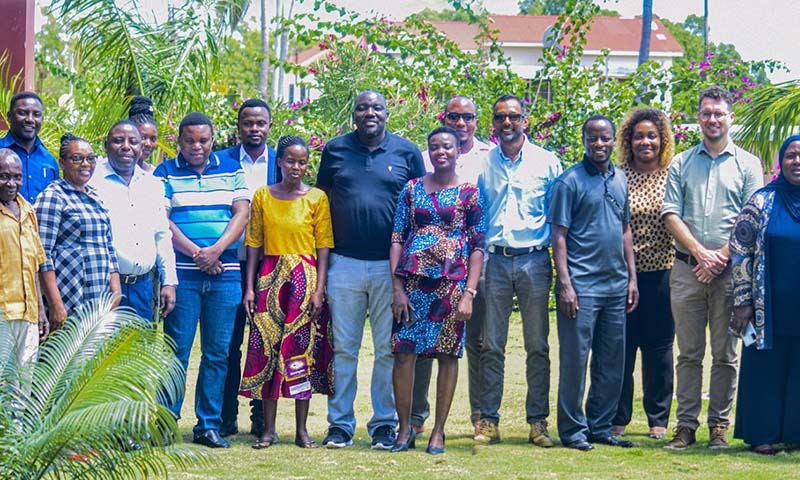
Market Segments for Groundnuts: Recent Insights from Tanzania
Teams from Market Intelligence, Accelerated Breeding and Tanzania Agricultural Research Institute (TARI) are working with the Tanzania Groundnut Product Design Team (PDT).

Participate in On-line Survey and Investment Simulation
Our aim is to assess the types of market intelligence that breeding programs currently use and to provide insights on how such intelligence can have a greater relevance and impact.
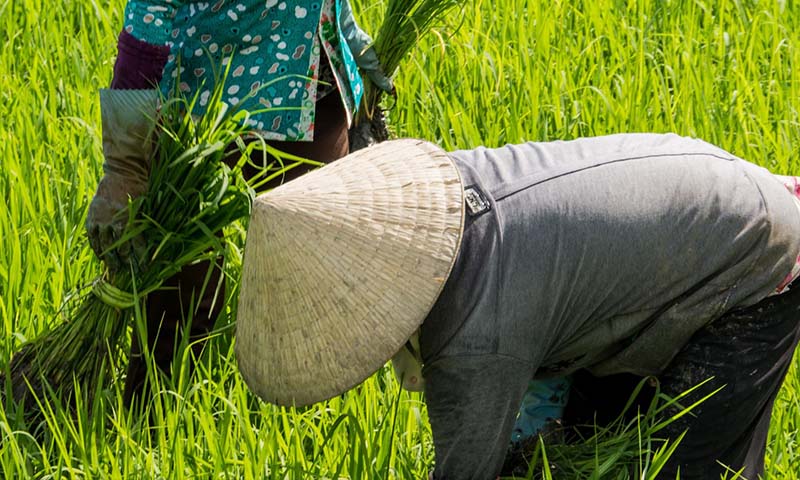
Global Scan of Rice Stakeholder Preference Studies
We conducted the first global scan of farmer and consumer preference studies in the rice sector to identify current stakeholder requirements and knowledge gaps in market intelligence.
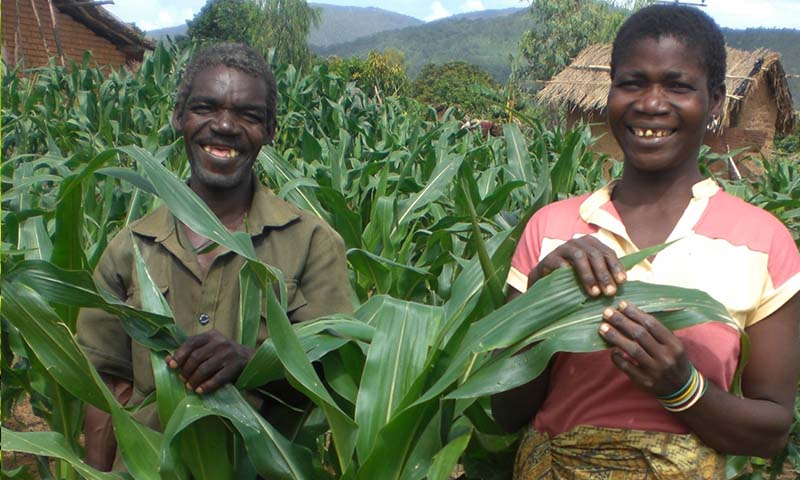
Hybrid and OPV Maize Market Segments in Western and Central Africa
In a crop breeding context, a seed product market segment (SPMS) describes a group of farmers with similar requirements for seed products based on how the crop is used, where it is grown, and how it is grown. A SPMS provides the foundation for designing the ideal seed product to meet these requirements, as well as assessing the investment opportunity from building the product.